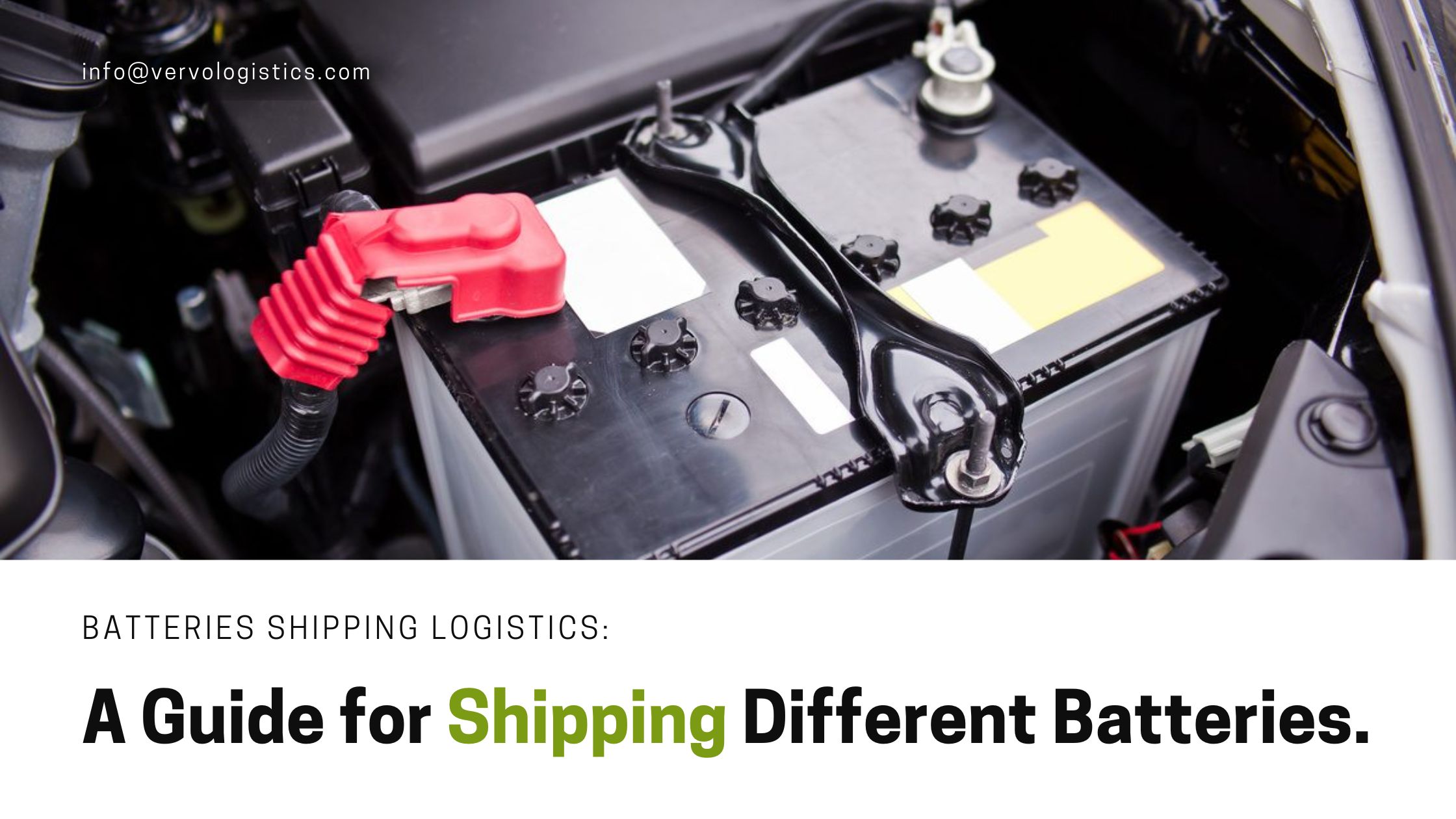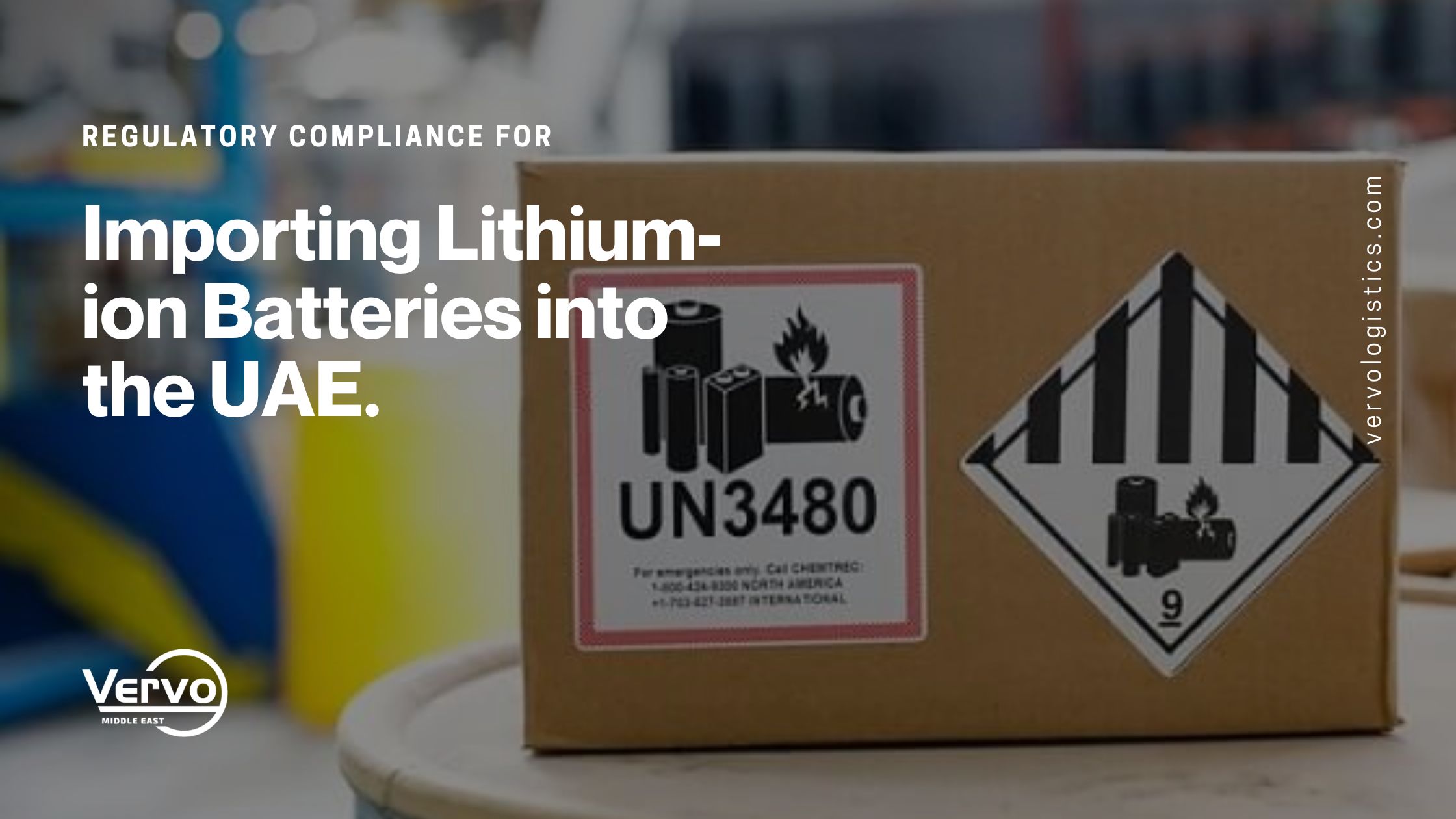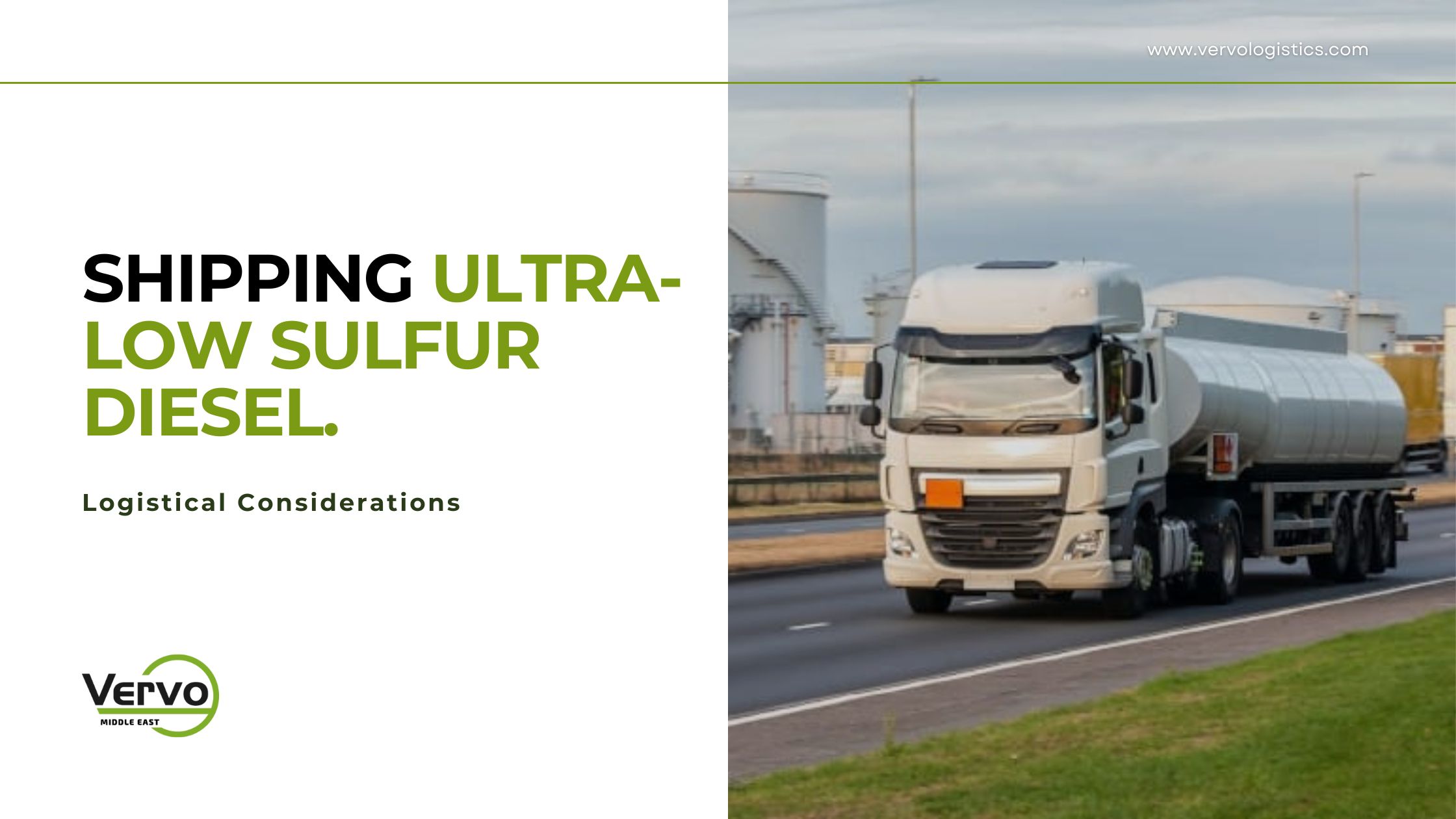With a range of different battery chemistries used across consumer electronics, electric vehicles, industrial applications, and more, the specific characteristics and hazards of each battery type require tailored handling, packaging, and shipping methods.
Dangerous goods regulations provide strict rules for certain battery types to mitigate safety risks like fire and environmental contamination during shipment. At the same time, the sensitivity of batteries to damage or temperature fluctuations necessitates careful consideration of climate conditions, routing, and physical handling procedures.
Battery shipping logistics must take into account weight, labeling and documentation, packed orientation, short circuit and contamination prevention, and more.
This overview examines key logistical factors for transporting major battery technologies, including lead-acid, lithium-ion, nickel-cadmium, nickel-metal hydride, alkaline, and button cell batteries.
Lead-acid Batteries
Lead-acid batteries fall in the UN class 8 (corrosive) and hold the HS code 8507.10 for lead-acid starter batteries. They are widely used in vehicles and backup power systems. Common lead-acid types are starter batteries, deep cycle batteries, and VRLA (valve-regulated lead acid) batteries. The top logistical considerations for shipping these types include:
- Weight - Lead-acid batteries are very heavy, requiring structural reinforcement of pallets and handling equipment that can support weight.
- Short circuit prevention - Proper insulation and separation between battery terminals are crucial to prevent short circuits during transport. Pallets and boxes must be designed specifically for batteries.
- Corrosive hazards - Lead-acid batteries contain sulfuric acid electrolytes which can leak and damage other cargo. Acid-resistant pallet and container materials must be used.
- Orientation - Batteries must be shipped upright to avoid electrolyte spilling. Forklift handling and truck loading need to maintain vertical orientation.
Alkaline Batteries
Alkaline Batteries fall in the UN class 8 (corrosive) and hold the HS code 8506.10 for manganese dioxide alkaline batteries. They are commonly used in small consumer devices like flashlights, toys, remote controls, etc. Main alkaline battery sizes are AAA, AA, C, and D. The top logistical considerations for shipping these types include:
- Short circuit risks - Alkaline battery terminals need insulation and separation materials to prevent contact. Battery packaging should have molded plastic separators.
- Temperature sensitivity - Alkaline batteries lose power capacity over 35°C. Climate-controlled transport and storage are recommended. Avoid direct sunlight exposure.
- Damage prevention - Gentle handling is a must as dropping or crushing can rupture the steel can and release corrosive potassium hydroxide electrolyte.
Lithium-ion Batteries
Lithium-ion batteries fall in the UN class 9 (miscellaneous dangerous goods) and hold the HS code 8507.60. They are used in laptops, smartphones, tablets, and other rechargeable consumer electronics. Also increasingly used in electric vehicles. The top logistical considerations for shipping these types include:
- Fire hazards - They require strict limitations on the State of Charge (30-50% recommended) to reduce fire risks. Monitoring may be required.
- Short circuit prevention - Very careful packaging is a must to insulate terminals and prevent contact with metal objects or water that could cause dangerous shorts.
- Temperature control - Lithium-ion batteries are sensitive to high temperatures. Climate-controlled transport and avoidance of heat sources are critical.
- Special labeling & documentation - Lithium batteries are classified as dangerous goods. Detailed shipping papers and hazard labels are legally required and special employee training is needed. Take a look at our guide to shipping Lithium-ion batteries into the UAE.
Nickel-metal Hydride Batteries
Nickel-metal hydride batteries fall in the UN class 9 (miscellaneous dangerous goods) and hold the HS code 8507.50. These are a replacement for NiCd rechargeable batteries and are used where high power is needed like cameras. The top logistical considerations for shipping these types include:
- Orientation - NiMH batteries can leak electrolytes if oriented incorrectly. Proper vertical orientation during transport is important.
- Damage - NiMHs have less robust casing than NiCd so impacts can cause leaks. Careful handling and packing is needed.
- Thermal runaway - NiMHs have a risk of thermal runaway if overcharged/overheated. Temperature monitoring and avoidance of heat exposure are vital.
Button Cell/Coin Batteries
Button cell/coin batteries fall in the UN class 9 (miscellaneous dangerous goods) and hold the HS code 8506.50 for silver oxide button/coin batteries. These are used in watches, hearing aids, calculators, etc. In addition, the common chemistries they contain are alkaline, silver oxide, and lithium. The top logistical considerations for shipping these types include:
- Containment - Small button cells can easily spill out of the packaging. Secure containment like blister packs or closed bags is necessary.
- Short circuit risks - Conductive materials must be kept away from the button cell terminals to prevent dangerous shorts. Proper insulation is required.
- Ingestion hazards - Button cells are a choking hazard, especially for children. Child-resistant packaging may be mandated.
Solar Batteries
Lead-acid solar batteries fall in the UN class 8 and hold the HS code 8507.10, while lithium-ion solar batteries fall in the UN Class 9 and hold the HS code 8507.60 Lead-acid or lithium-ion batteries charged by solar panels are used for solar home systems and off-grid installations. The top logistical considerations for shipping these types include:
- State of charge - Partially charged solar batteries are recommended for transport to minimize fire risks. This requires coordination with suppliers.
- Weight - Solar battery banks can be very heavy. Proper structural support in containers/trucks is needed.
- Hazardous materials - Solar lithium or lead-acid batteries have the same respective hazards and regulations. So, the same rules are applicable for both.
Got batteries to ship? We deliver in more than 120 countries while covering all the logistics along the way including packaging, shipping, storage, customs clearance, and more - describe your cargo here:




